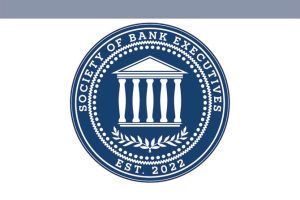As 2022 has come to a close, we keep hearing the tune of a particular chorus on repeat across news stations, podcasts and pretty much every media outlet:
Will there be an economic recession in 2023?
Many analysts, economists, and other experts are largely backing this prediction with mounds of data saying how people might prepare or what we can expect in the face of the looming recession.
Our partner lenders may also be wondering if there’s anything they can do in preparation for a recession for their small business clients. Luckily, we have good news in light of the doom and gloom lurking among us. In general, the SBA 504 and SBA 7(a) loan programs are well situated for challenging economic times.
SBA financing provides enhancements to banks that are unable to lend conventionally on certain projects. Some of the more obvious reasons why lenders may want to consider SBA financing options:
- It lessens the credit risk for lending institutions through the unique equity structure under the SBA 504 program, with the bank at 50% Loan to Value
- Under the 7(a) loan program, SBA guarantees up to 85% of the total loan, making it an incredible opportunity for banks to confidently expand their portfolio as we enter 2023.
However, looking back on previous recessions, there are several other reasons why SBA financing may be more attractive during a downturn over lending conventionally. Nine reasons lenders can think outside of the box regarding lending during an economic recession include:
- SBA loans still lessen bank risk during hard economic times.
- During tougher economies, SBA lending historically increased as commercial credit boxes shrunk.
- Lenders still serve higher-risk industries during economic hardship by relying on the SBA guarantee on 7(a) loans.
- Equity injection requirements are typically lower on SBA projects, allowing the borrower to retain cash for business working capital needs.
- Refinancing is an attractive option for lenders to offer borrowers variable-rate loans tied to prime. In some instances, 504 loans may be used to refinance 7(a) loans.
- Ability to lend to under-collateralized service businesses for business acquisitions or businesses experiencing a decline in property values.
- SBA 7(a) loans offer both fixed and variable rate options, while SBA 504 loans offer long-term fixed rates of up to 25 years.
- This federal fiscal year, SBA 7(a) loans offer fee reductions on loans under $500,000 for both bank and borrower.
- Selling on the secondary market is available if lenders wish to sell 7(a) loans for a premium (not available for SBA 504 loans).
It’s hard to say what this year will bring, but B:Side is here to let you know we’re in this together. Our team of lending experts is happy to set up training to walk you through the nitty-gritty of SBA financing based on your bank’s needs. Just shoot us a line or give us a call to let us know how we can support you.
Lauren Kloock of B:Side can be reached at 303.657.0010, or loanproduction@bside.org.







